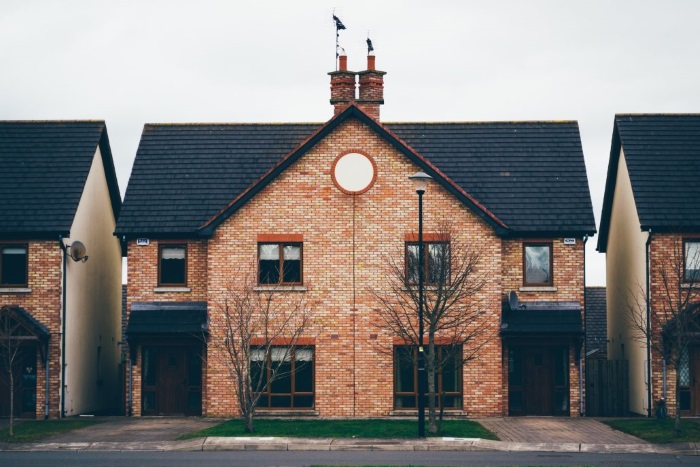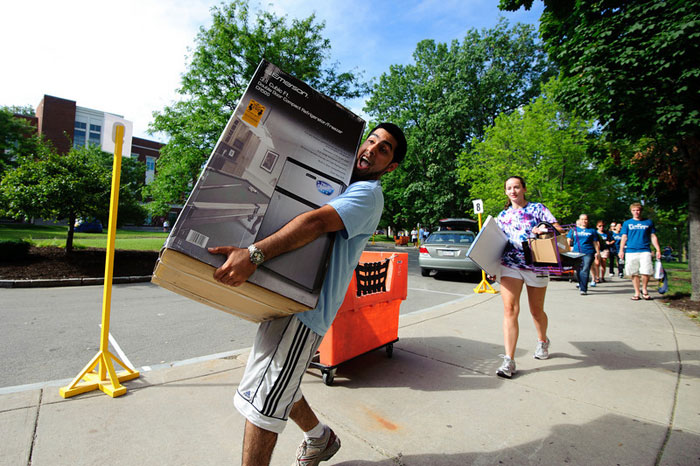The student letting market is and has always been relatively stable. Students are considered the most reliable type of tenant and the most cost effective for most landlords. They don’t want for much and properties for students tend to be in the centre of towns and cities, therefore having a high chance of only increasing in value. As a potential investor, you’re probably unsure of where to start to getting into this are of the housing market.

Location is Paramount
It is for most types of property, but here you need to consider elements other than the attractiveness or desirability of the area. Those things become less important than ease of access. Simply: how close is it to the campus? You need to think like a student here and not as an investor; check out campus locations in relation to your intended property. Students primarily seek ease of access. They don’t want to travel too far to get to lectures and to the library on days they don’t have lectures.
Think About Transport Links
While the location in relation to campus is a very high priority, transport links should also be a matter of major concern. This is especially true if the property is a little farther away from campus. It might be a good location by virtue of having great bus, light rail or tram links to campus. How close is the nearest railway station? Is it served by major trunk roads? Students won’t just be thinking about access to campus, but also to route across, in and out of the town or city.

Focus on 3-4 Bed Houses, Older Buildings
In town and city centres, you’ll find that the most popular types of property for student housing are large Victorian townhouses. Most properties built in the last century are simply inadequate for student requirements. You may find the occasional property with the right size though. The reason these houses make good student property is their size. Sometimes 3 storeys, their large and spacious rooms are ideal for HMOs. Ideally, look for those with two bathrooms or have one eye on converting a spare room.
… But Look for Modernised Builds
The problem with older buildings is that they are not energy efficient. They also need a lot more maintenance than newer buildings. While they offer the size advantage, you will deal with ongoing problems if the building has not been updated. This could seriously affect your profit margin in the long run. Thoroughly examine the building’s history to avoid nasty surprises. Signs of modernisation include a lack of damp, double glazing (where permissible – some older buildings don’t permit it) and modernised utilities such as bathroom and kitchen.